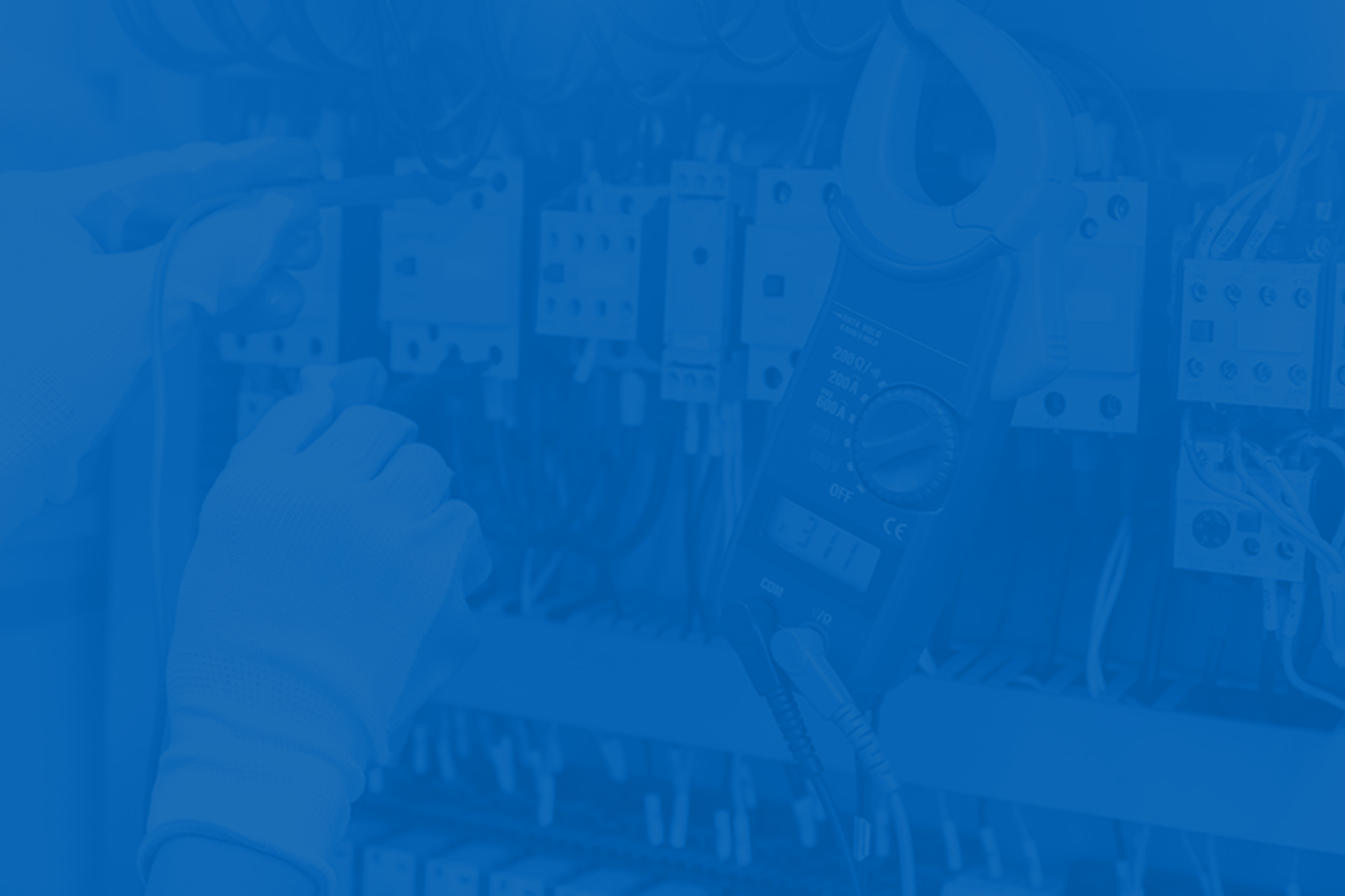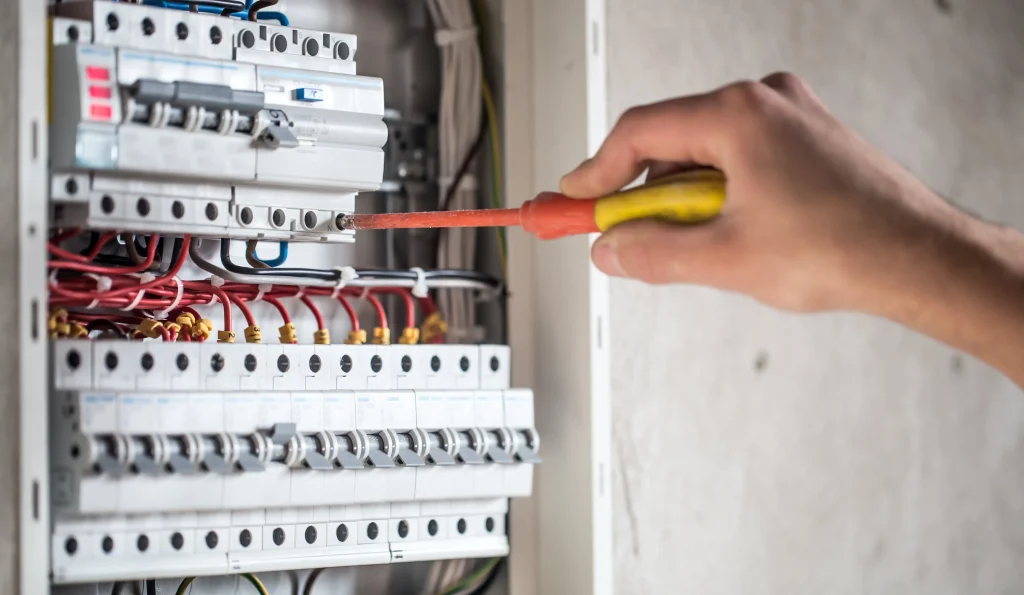- Call Us Now
- After Hours
- Servicing all Gold Coast



NSW – 356900C
ARC – L139343
ACRS – A030284

Comparing Different Types Of Safety Switches
Hidden behind walls and underneath breaker boxes, home electrical safety switches play a quiet but critical role in preventing fires, shocks, and electrocutions. When wires arc, ground faults occur, or backup power kicks in, these protective devices spring into action—interrupting dangerous electrical situations before tragedy strikes.
But with different safety switches offering unique safeguards, how do you choose the right one for your home?
In this blog, We’ll explore the different types of safety switches and evaluate the right blend of electrical safety enhancements to protect your most precious asset – your family.
Read on to ensure your electrical safety switches provide the coverage you require!
Understanding Safety Switches
Safety switches, or Residual Current Devices (RCDs), are critical to a home’s electrical safety system. And even though it is used together with circuit breakers and fuses. Safety switches are distinct from circuit breakers and fuses in their primary function and mechanism.
Circuit breakers and fuses are designed to protect a home’s electrical wiring and appliances from overheating. Safety switches are specifically aimed at protecting individuals from electric shock.
They monitor electrical currents, instantly cutting power upon detecting leakage to earth, significantly lowering the risk of electrical fatalities. This detection and response occur within milliseconds, drastically reducing the risk of injury or death.
Types Of Safety Switches
When something has the potential to become a conductor, safety switches break the circuit to keep you safe from electrical hazards. Here are three main types of safety switches used in homes:
Switchboard RCDs
These are installed in your home's main switchboard, safeguarding every outlet and lighting circuit. Switchboard RCDs continuously monitor and measure the current flowing through the electrical circuits. These safety switches are the best option for complete household protection by eliminating safety gaps.
Powerpoint RCDs
As the name suggests, these RCDs are built into a power point. They protect that individual powerpoint and any device plugged into it. They provide an inexpensive means of enhancing safety in high-risk areas such as kitchens and restrooms. Powerpoint RCDs continuously monitor the electrical current passing through the socket and instantly trigger the power disconnecting if an imbalance or leakage current is detected.
Portable RCDs
As the name suggests, it is a flexible, movable option but only protects the individual appliances plugged into them. They are best paired with other RCDs like switchboard or powerpoint types for comprehensive fault and shock coverage at home and on the go. This means they can be used in any situation.
Choosing the type of RCD required depends on the level of protection needed, the electrical circuit type, and the budget. Electricians at MCH Electrical can provide recommendations on providing whole-home versus targeted protection.
Choosing The Right Safety Switch
Compared with the main types of RCDs, which is best for your home? Here are key factors to help determine the right solution:
Size of Your Home
A switchboard RCD often makes the most sense for larger homes with more circuits as it comprehensively covers the whole property's electrical system. One or two targeted powerpoint or portable RCDs may provide adequate protection in smaller homes and apartments with fewer electrical circuits.
Specific Needs
Consider what you specifically want to protect. A portable RCD is very useful if you frequently use electrical gardening equipment, heaters, or tools outdoors or in wet areas. If you have toddlers, installing powerpoint RCDs in kids' bedrooms and play areas is a must to protect those curious little fingers.
Level Of Protection
Switchboard RCDs at the main panel provide the highest level of protection possible. However, the layered approach of using powerpoint or portable RCDs in high-risk areas can provide even greater overall safety.
Reliability
Being permanently installed, switchboard and powerpoint RCDs reliably provide consistent safety without requiring any change in usage or connection habits. Portable RCDs rely on the user to actively plug them for protection each time.
Maintenance
All RCD types should have their functioning tested routinely every six months according to electrical safety standards. Though designed to be robust, switchboard and fixed powerpoint RCDs generally have lower overall maintenance requirements than portable units with exposed cords.
Consult MCH Electrical to determine the right safety switch solutions for providing whole-home coverage, targeted protection, or both. An integrated layered RCD approach often delivers the best results.

Ensuring Safety and Satisfaction with MCH Electrical
Selecting the proper safety switches safeguards families against fires, shocks, and electrocution caused by electrical faults. Different switch types mitigate different risks, making needs-based selection important.
With many options available, working with a qualified electrician simplifies the vetting process. The suitable safety switches provide adequate protection without overspending on unnecessary features. An expert can evaluate your electrical system’s risks and guide you to suitable solutions for robust family safety.
Our team at MCH Electrical has decades of experience assessing home electrical hazards and advising the ideal safety measures. Contact us today to review safety switch options for your unique needs.
Keeping families safe by making informed upgrades is our top priority.


